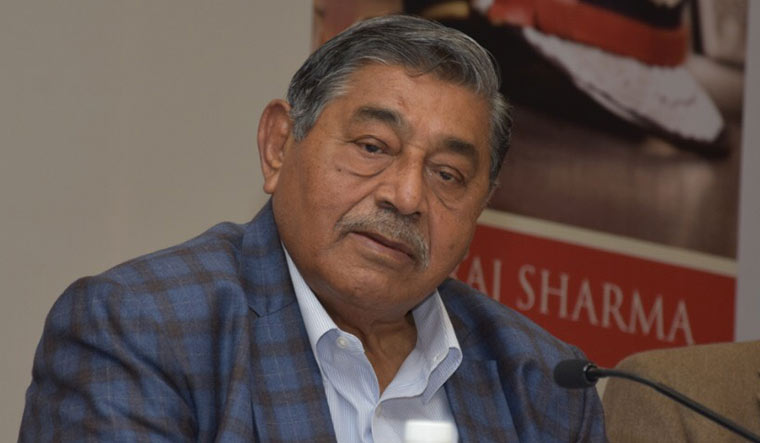My career as an IPS officer had spanned over 39 years and included postings in communally sensitive areas like Aligarh, Meerut and Varanasi. Throughout my career, I have regarded communal riots as next only to external aggression against a country. As far as internal security is concerned, communal riots are the most serious threat.
When I heard about the riots in North East Delhi, I was surprised that the Delhi Police was not taking these incidents seriously. The protests at Shaheen Bagh were a landmark in the recent happenings. If it was not allowed on the first day, the communal violence would not have happened. The communal atmosphere in Delhi was charged up after so many people were allowed to gather there, the traffic flow was affected in nearby areas, and the agitation grew over weeks as people sat down and raised slogans that created communal sentiments.
Then the Delhi elections took place and politicians from the BJP, the Congress and the Aam Aadmi Party were seen giving provocative speeches. Leaders like Kapil Mishra crossed all limits, but no action was taken against them, and the situation turned tense. Even at this stage, if Section 144 was enforced strictly and some preventive arrests were made, the violence could have been contained.
There should be sufficient force to enforce Section 144; otherwise it becomes counterproductive. Had the police imposed the curfew a day earlier, many lives could have been saved and buildings, hospitals and shops would not have been burnt. Once the violence broke out, the police should have gone all out to bring the situation under control. But they shied away from enforcing serious action. Since action was not taken according to the situation, violence continued for three days.
Once normalcy has returned to the riot-affected areas, the top brass of the Delhi Police should analyse what happened in the last few days and pinpoint where the police were found derelict in their duties.
When I was posted in some of the most communally sensitive districts in Uttar Pradesh, we had prepared riot schemes for each place. We had made a list of communal agitators based on their role in past flare-ups. We had also prepared a list of all antisocial elements, who, during a riot, resorted to stabbing and shooting members of the other community. Whenever a communal disturbance or violence seemed imminent, both these types of people were rounded up. Similarly we had made peace committees of members of both the communities and influential members of the society. Their meetings were useful. If necessary, the riot scheme would be enforced even before the violence broke out.
Sharma was commissioner of police in Delhi and director-general of Border Security Force.
—As told to Namrata Biji Ahuja.


